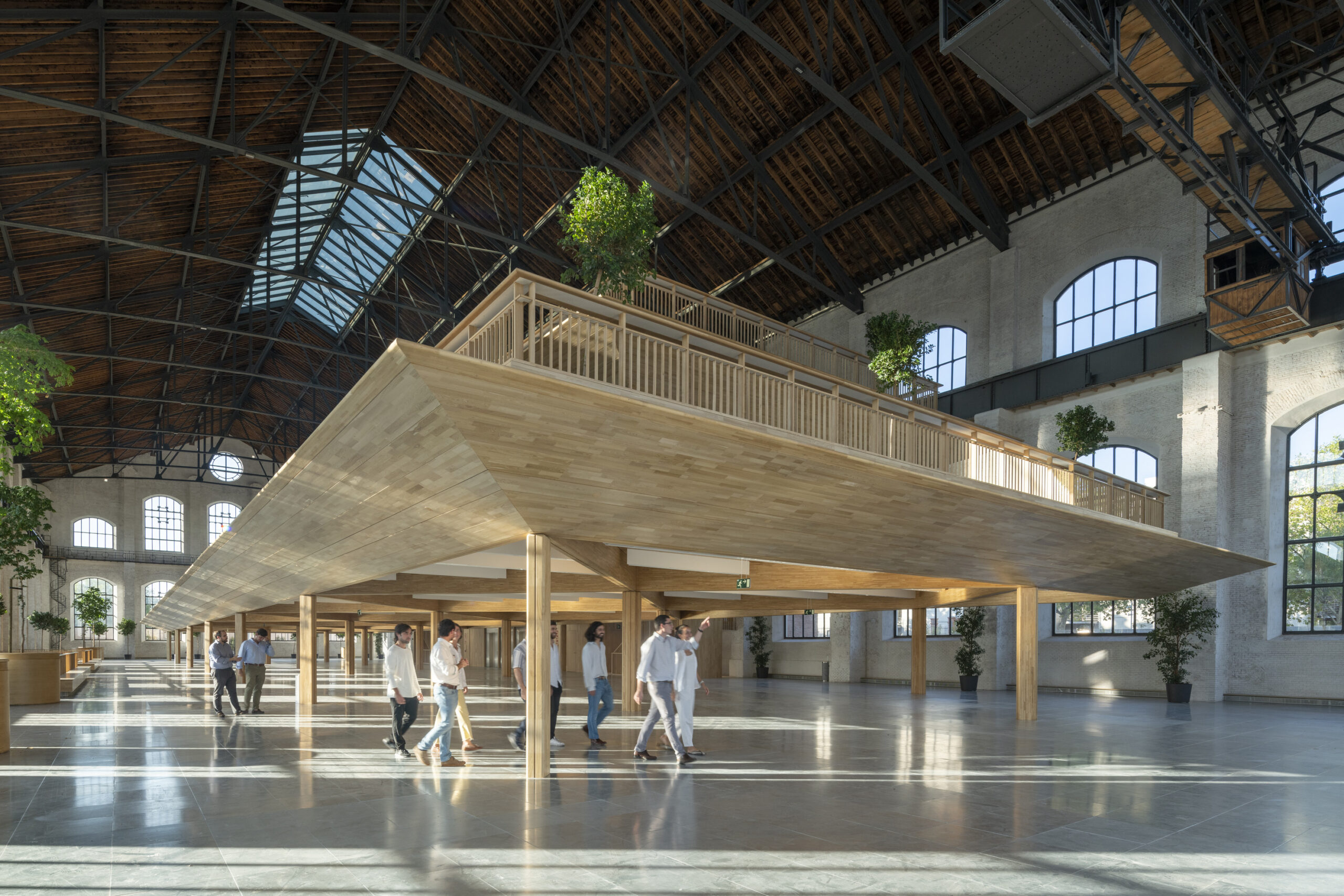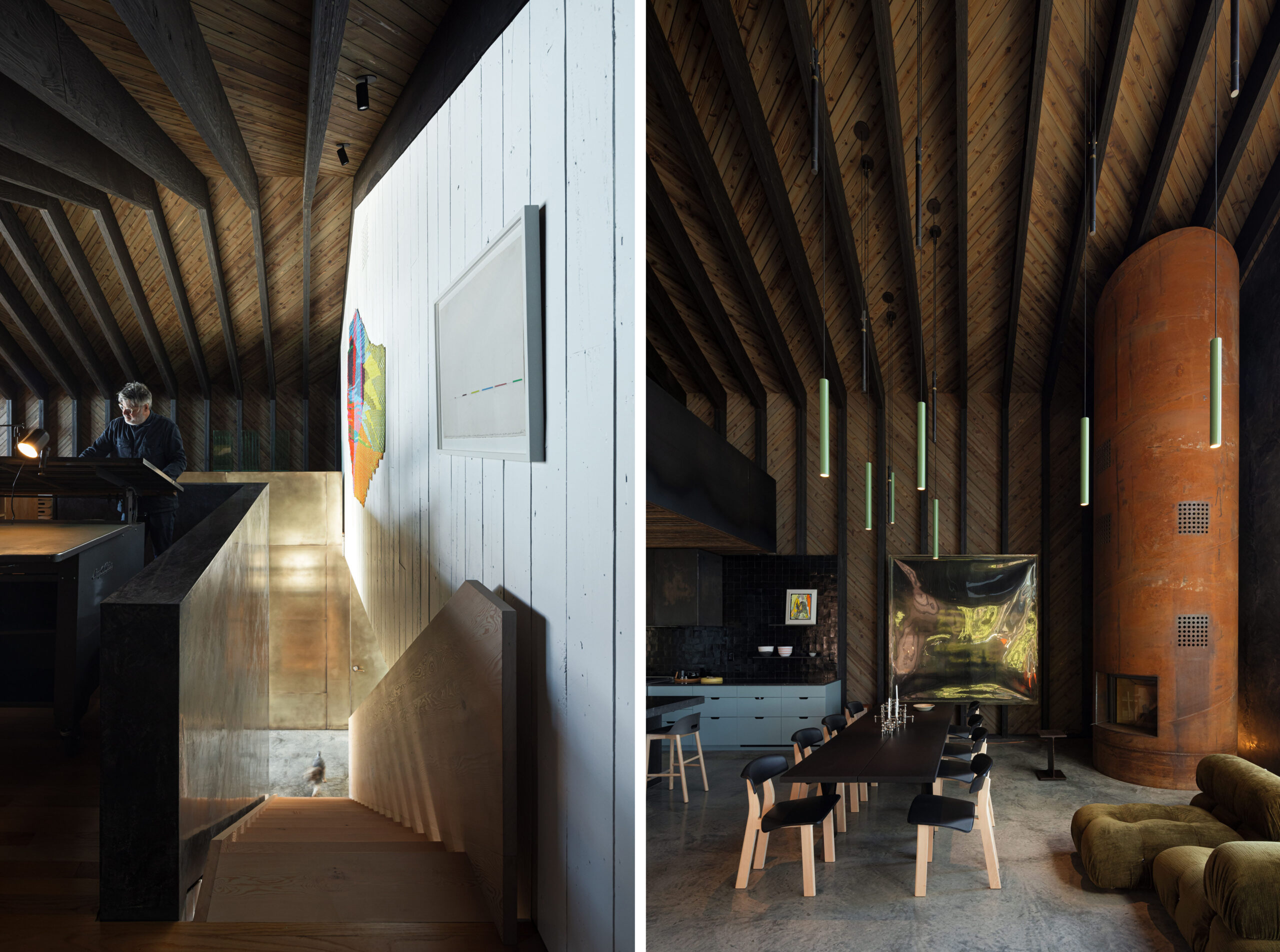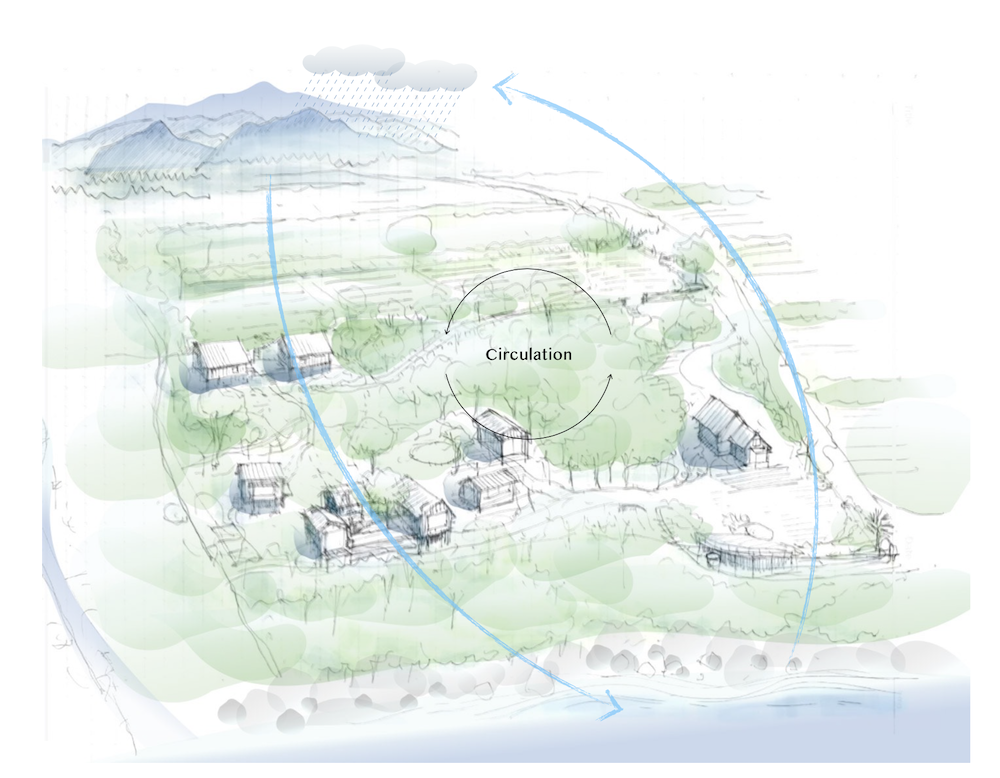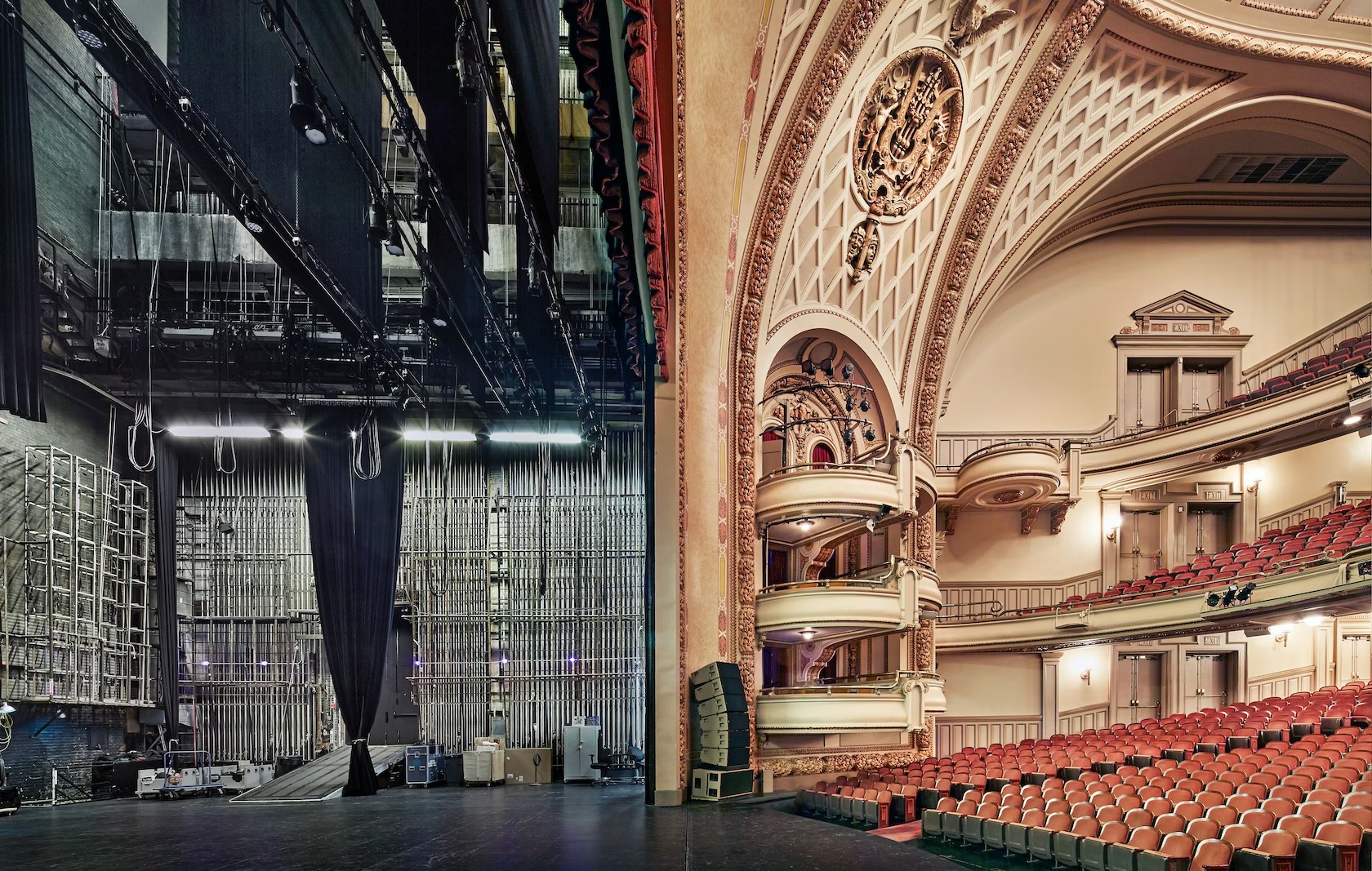The fate of architecture firms around the world is officially in your hands! From innovative designs to groundbreaking firms, peruse the 12th Annual A+Awards Finalists and vote now to determine this year's Popular Choice Winners.
When we speak about the digital revolution in design, we think about hand drawing versus digital rendering, however, over the past several decades, a seismic shift has also taken place in how architecture is consumed. While architects once had time to digest architectural images and writing on a monthly or even quarterly basis, depending on the frequency that print periodicals were published, nowadays, we glance over representations of buildings and architectural ideas in a matter of minutes — sometimes even seconds. It is difficult to quantify the proliferation of architectural text and pictures we now consume compared to bygone decades. In both good and bad ways, this massive volume impacts our understanding of architecture itself.
The good thing about design enthusiasts relying on their browsers and phone feeds to connect with the architecture world is, of course, that the internet helps give visibility to projects in overlooked regions of the world, giving smaller and lesser-known architects and firms a chance to have their work recognized, allowing important ideas and overlooked design solutions to be considered worldwide. (This radical democratization of architecture was the seed germinating the Architizer platform and, eventually, Architizer’s A+Awards).
However, the darker side of architecture’s digital turn is, like so many 21st-century experiences, bound to the shortcomings of mass connectivity. The hopeful openness of the internet in the aughts has, since the 2010s, increasingly closed up, becoming more of an echo chamber dominated by a few tech giants. In this context, the expanded panorama architectural ideas from all corners of the globe has devolved into an ever-broadening yet homogeneous melting pot of photogenic architecture curated by our algorithm overlords. We are faced with a massive number of posts and articles on a daily basis, and architectural images aren’t the only victims drowning in this vast sea; the lost language for design will be the focus of the rest of this article.

Ombú by Foster + Partners, Madrid, Spain | Jury Winner, 11th Annual A+Awards, Sustainable Commercial Building
Indeed, the words we use to discuss architecture are trapped in this digital sinkhole, albeit in different ways. Think about the most positive adjectives we use to describe architecture (innovative, sustainable, epic, site-specific, transformative). How many times have you glanced over these terms in the past week? Or even the past 24 hours?
In a media landscape shaped by press releases and social media posts, it is easy to understand why we have lost the urgency in the meanings behind the terms we use. Yet, I, an architecture editor and writer, have nothing against these words. In fact, I’m writing this piece today not to complain that the way we describe architecture is tired and overused but to remind us, architects and readers, of the profundity of the meaning behind our choice language and to ask how we can reclaim our most weighty words from the digital echo chamber that we all participate in.
For me, this problem is magnified in the verbs we use to describe what architects — and by extension, their buildings and spaces — are doing through their designs. Make a list of the actions we use to describe design, and you’ll notice that many of these now seemingly throw-away verbs begin with the same prefix: “re-.” Architects reshape; regenerate; restore; rebuild; reinvent; rethink; reimagine; renew; redesign; reuse and more.
Yet, when we say architects are “reusing,” “rethinking,” “reimagining” or “regenerating,” we rarely pause to consider how tremendously challenging and radical such acts are. These words have almost become so quotidian that their meaning is lost. What does it mean to say that an architect is “re”-fill in the blank?

Shor House by Measured Architecture Inc., Mayne Island, Canada | Popular Choice Winner, 11th Annual A+Awards, Sustainable Private House
“Re-” is a prefix with Latin origins, usually imbuing a stem word with the meaning ‘again’ (sometimes ‘again and again’) or ‘back.’ Used in hundreds of English words, “re-” indicates repetition or backward motion. Going back (returning) to an object or a concept often implies thinking it through a second time (revisiting, rethinking) with the aim of ameliorating shortcomings or bringing new life to that thing (restoring, regenerating, renewing).
Think about the radicality of designing a resilient building — a word that means to bounce back or withstand; to persevere through difficult conditions. Now, more than ever, it is crucial that this term inform architects in all aspects of their work.
In an industry where iconic, epic, innovative are the bars of award-winning design, the connection that these “re-” verbs make between past and future is vital. It is a radical act of questioning your forebears and the established norm, sometimes even a form of self-criticism. It’s also necessary to build better for the next generation.
Architects who embody actions with “re-” as their prefix are often engaged with designing a more sustainable profession, one that doesn’t simply discard and destroy older buildings or write off damaged ecosystems or see materials as single-use.
Indeed, of all the “re-” words buzzing in the architecture industry, one word beginning with this prefix stands apart from the others — it is also a word that, more and more, can be used to describe these other “re-” verbs: Revolution.

Sumu Yakushima by tono Inc., Yakushima Island, Japan | Jury Winner, 11th Annual A+Awards, Sustainable Private House
“Architecture ou Révolution,” Le Corbusier wrote a century ago (in fact, this was the title he originally envisioned for his 1922 publication, Vers Une Architecture). At face value, for the famous French architect, a design revolution was necessary in order to avoid a social or political revolution. Yet, the architectural revolution that he proposed was inherently a social and political one. Architects had the choice to either respond to the world as it changed, or to actively shape it — not only through design, but through specification and fabrication choices, which impact labor relations and our environment.
It is revolutionary to use a material again or more than once (reuse); to bring new and more vigorous life to an area (to regenerate); think again about something in order to make changes to it (rethink); to change something — a place, an idea, a concept — so much that it appears to be entirely new (reinvent). The list goes on and on.
In short, the architects embodying these terms are courageous — they aren’t content with the status quo, and we as readers and consumers of buildings and architectural media, need a reminder of the awe-inspiring revolutionary potential of such acts. We also need to be hold architects and writers accountable for ensuring these words aren’t hollow. For these reasons, now more than ever, the importance of acting and building in the ways embodied by these “re-” verbs deserves industry-wide celebration.
 This year, Architizer’s 12th Annual A+Awards are themed around the reclamation (!) of these radical terms: We are celebrating the architects and architectural projects rethinking what architecture can be, and in so doing, taking part in the revolution necessary to construct a more resilient built environment and social fabric — and a better world.
This year, Architizer’s 12th Annual A+Awards are themed around the reclamation (!) of these radical terms: We are celebrating the architects and architectural projects rethinking what architecture can be, and in so doing, taking part in the revolution necessary to construct a more resilient built environment and social fabric — and a better world.
In honor of this year’s theme, we’ve introduced a suite of new categories, including:
- Sustainable Adaptive Reuse or Renovation Project
- Residential Adaptive Reuse Project
- Commercial Adaptive Reuse Projects
- Architecture +Renewal
- Best Adaptive Reuse and Renovation Firm
Does your firm strive to regenerate, reuse, rethink, reinvent or reimagine architecture and spaces? Do you have a project that forms a positive precedent for the next generation of architects?
If so, the A+Awards is for you. Enter for an opportunity to have your work published in print and online, and set a new benchmark for a better built environment.
Top image: Bundanon Art Museum + Bridge by Kerstin Thompson Architects, Illaroo, Australia | Jury Winner, 11th Annual A+Awards, Sustainable Cultural/Institutional Building and Architecture +Environment









